Artificial intelligence is helping millions of people get their devices fixed over the phone – with no human intervention.
Show the computer your faulty internet router, home alarm or washing machine and in 70 percent of cases it will sort the problem out for you there and then.
It’s learned to recognize different makes and models of equipment, no matter how bad the lighting or unusual the angle of the picture.
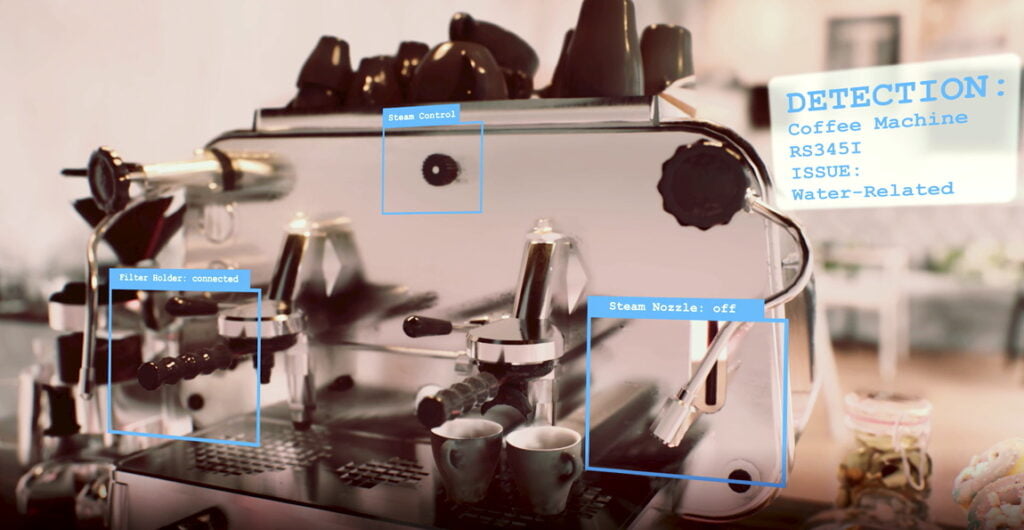
And it can instantly diagnose many of the most common faults, such as a missing cable or a reset button that needs pressing.
TechSee, founded in Tel Aviv in 2015 and now with offices in New York, London, and Madrid, has 1,000 client companies using its technology across the world.
It estimates that last year it saved them a total of $1 billion.
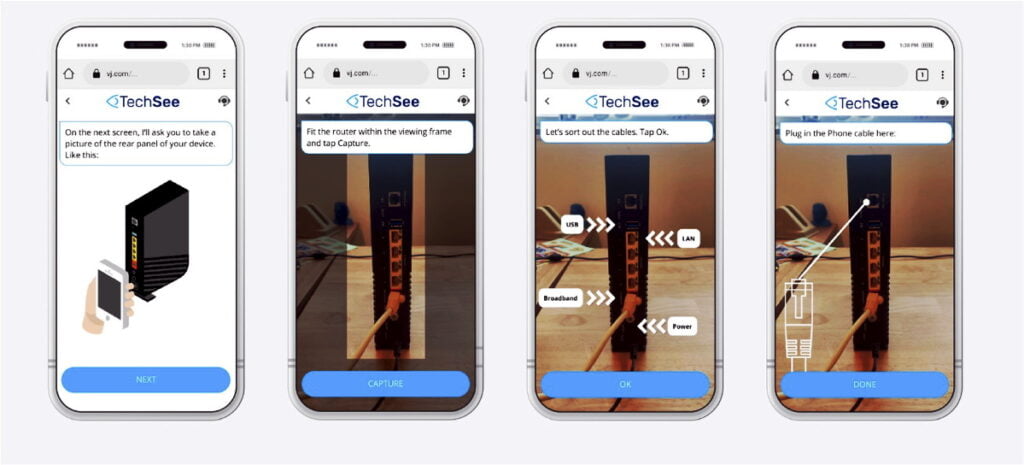
Dealing with customers’ problems is a big and expensive part of any business – and allowing the frustration to build as they hang on the phone for an hour doesn’t help anyone.
The average cost of an inquiry handled by a call center costs $10. The average cost of sending out a technician to the customer’s home is $200 to $250. Compare that to the cost of having a computer deal with it.
The company was established by Eitan Cohen and Amir Yoffe. They had decades of experience between them in the hi-tech world, but they saw a need for a solution to some relatively low-tech problems.
Eitan’s mother-in-law kept losing her internet connection and he was getting fed up with the two and-a-half-hour drive to her home to fix it.
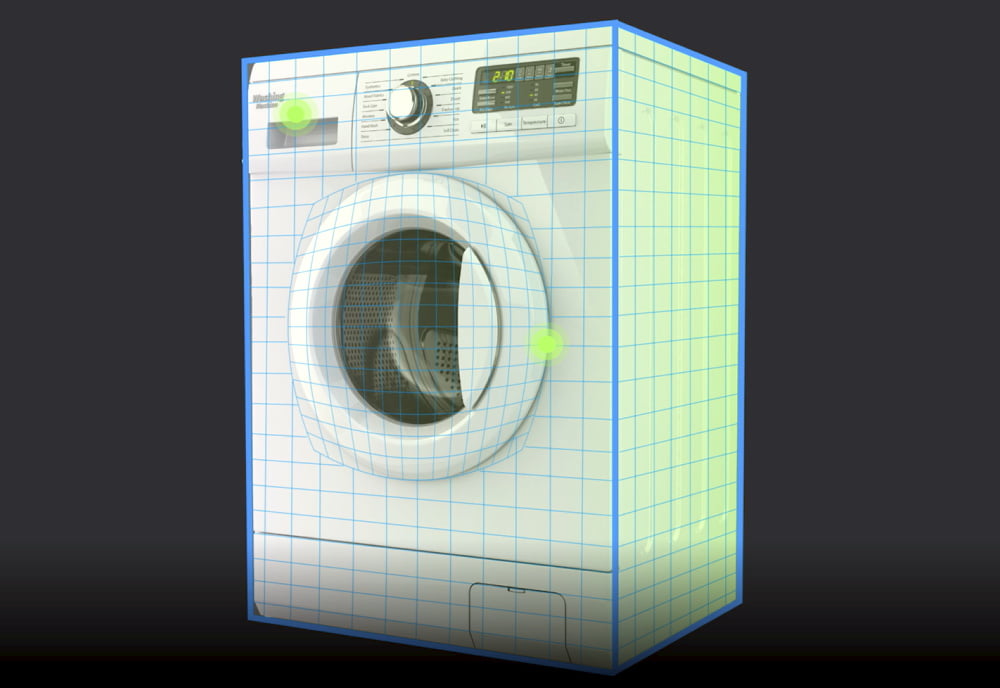
Amir also had internet problems. His connection had been upgraded but kept failing. Repeated phone calls failed to resolve it and a technician finally came to the house. He instantly saw the problem was the wrong modem. The technician had upgraded the connection but not the hardware.
Wouldn’t it be amazing, they thought, if the tech support people could actually see what the problem was.
And so they created the first incarnation of TechSee – allowing customers to show pictures to human operators on the other end of the line.
“They built the technology to start a video chat via SMS,” said Ari Rosenstein, the company’s Chief Marketing Officer. “So you’re on the phone and the agent says, listen, I can explain this to you another way.
“I just sent you a text message, you click the text message, your camera opens up, you click allow for permissions. That’s it. Now I can point the camera on my phone at the problem.”
Then in 2020 they added an extra layer – augmented reality. Instead of a human operator looking for obvious problems, they trained AI to take over.
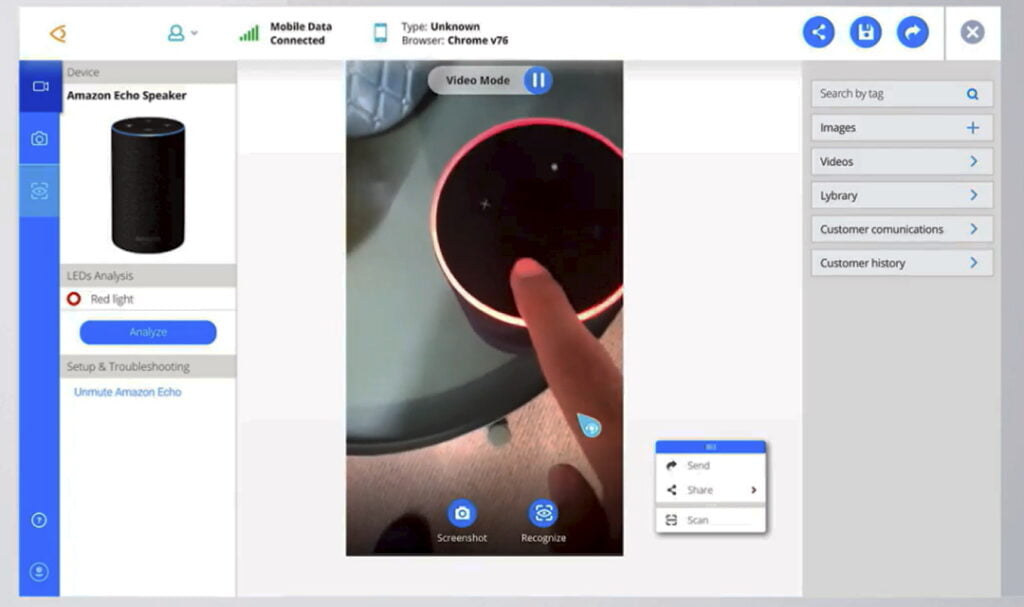
In seven out of 10 cases the AI is able to fix it. In two of the remaining three cases it brings in a person to resolve it. And in just one cases out of 10 a technician will need to visit.
Sign up for our free weekly newsletter
SubscribeTechSee is now taking things a step further. Until recently it did all the hard slog, taking and tagging hours of video to teach the AI to identify pieces of equipment, cables, sockets and so on.
It’s now streamlining that process so that its clients can do it themselves, using a system it’s developed that needs no coding or other complexities. A job that would have taken weeks has been shrunk down to days and even hours.
Employees follow relatively simple procedures to capture all the necessary images and teach the AI everything it needs to know.
The idea of using “show and tell” AI is already being extended beyond traditional call center inquiries.
It’s being used for unboxing appliances. “When you sign up for TV service with Vodafone, they used to send the technician with the box to your house and they’d plug it in,” says Rosenstein.
“Now they just ship you the box, and they give you our AI platform to guide you through. Every new subscriber goes from a $200 cost up front to a $5 shipping cost. And we’ve designed it to work for anybody from eight to 88.
“ADT is a customer of ours. They used to build their business around the idea that we do home security, we need to go to the home, do everything, change the batteries in the alarm panel on your wall.
“They realized by using our platform, they could virtualize about 80 percent of all their service calls. We helped save them $150 million a year by taking technicians off the road and out of your house, and putting them into a virtual call center.”
What’s the fastest solution when fast-food giant McDonald’s finds its self-checkout screens aren’t working? Send a technician, or get the guy flipping burgers to send a picture of the problem? The latter.
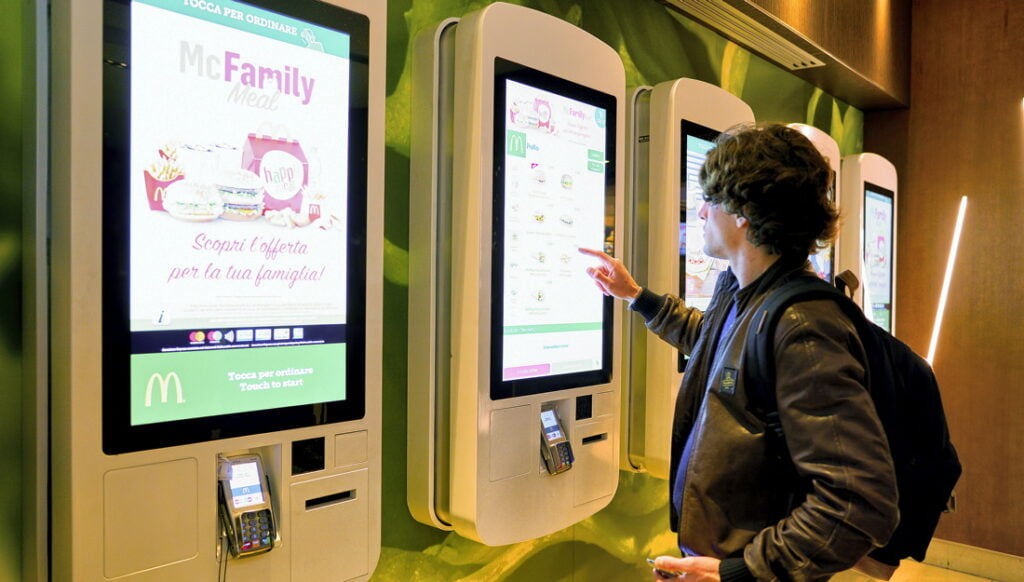
“The AI can guide the McDonald’s workers to fix these complex computer touchscreens to keep the business running,” says Rosenstein.
Another customer, Heineken, use TechSee if problems arise with the beer kegs they’re delivering.
“Sometimes there are pressure issues, or the lines get clogged. How do you teach a bartender at 11 o’clock at night to fix the Heineken line? If they don’t sell the beer, Heineken doesn’t make money. That’s where they use us.
ANWB, the Dutch breakdown service, has trained TechSee AI to understand all the warning lights on your car’s dashboard. Send a picture and it’ll instantly tell you if it’s an under-inflated tire, low oil pressure or a critical engine failure.
The list of big-name companies finding innovative ways to use the use technology goes on, and includes EG, Orange, iRobot, Verizon, Arm & Hammer baking soda, Costa Coffee UK, and Church & Dwight.
Rosenstein puts TechSee’s success down to the fact that it works on a smartphone, to the wealth of data they’ve amassed to train the AI, and the option customers now have to build their own AI models.
“Our goal is to bring computer vision to the mass markets,” he says. “I read a statistic that 70 percent of all AI, projects, even today, fail to deliver a commercial success. That’s not us. Every single time we deploy AI we save our customers money. One hundred percent.”
Related posts

Editors’ & Readers’ Choice: 10 Favorite NoCamels Articles

Forward Facing: What Does The Future Hold For Israeli High-Tech?

Impact Innovation: Israeli Startups That Could Shape Our Future


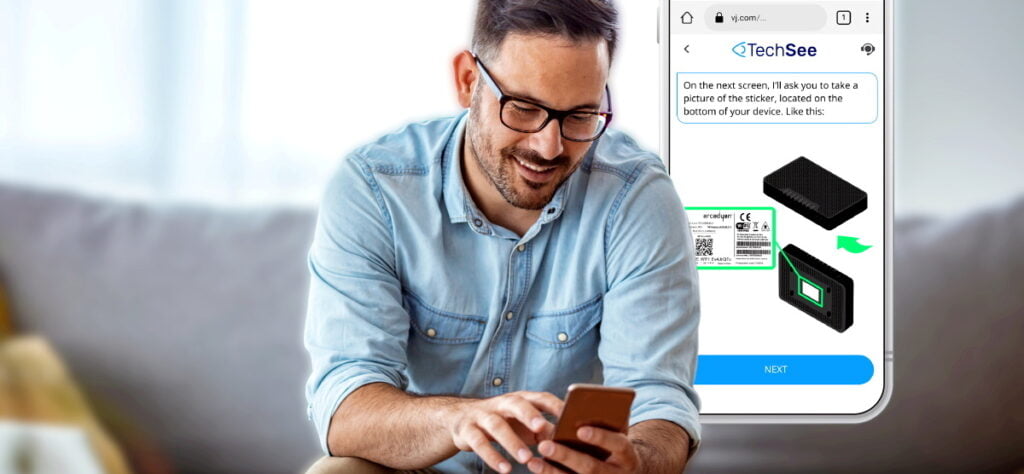

Facebook comments